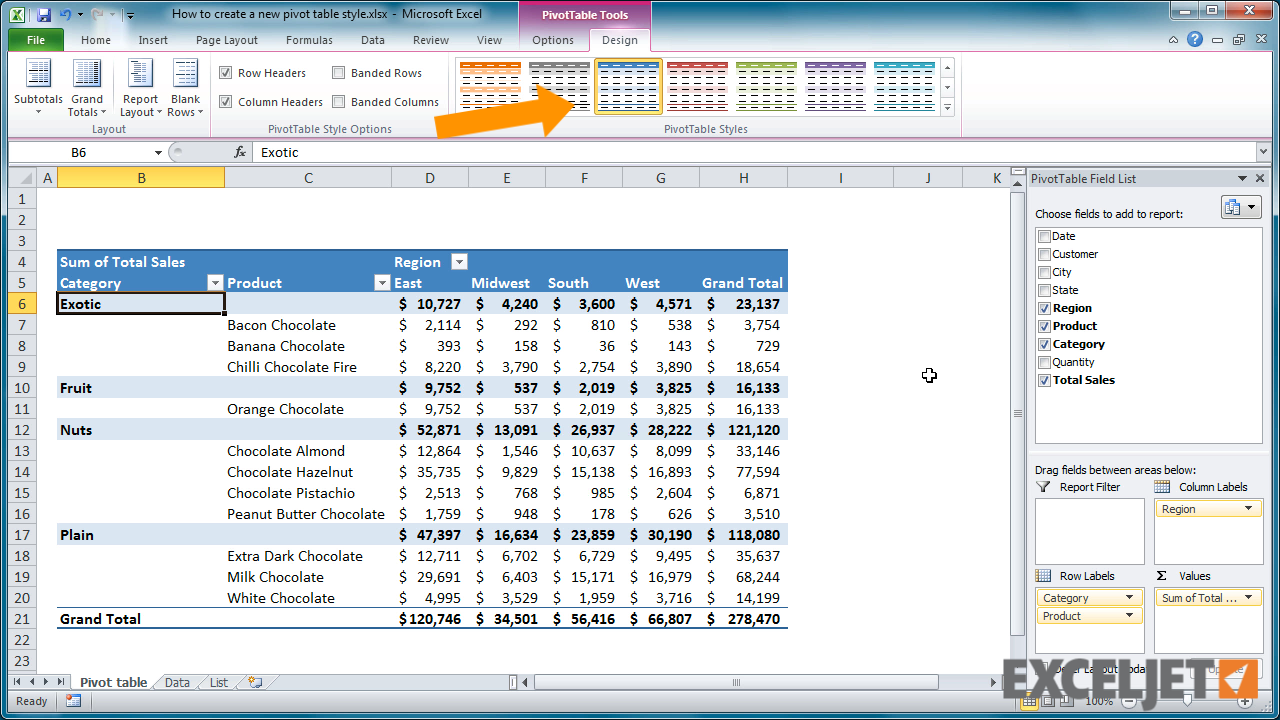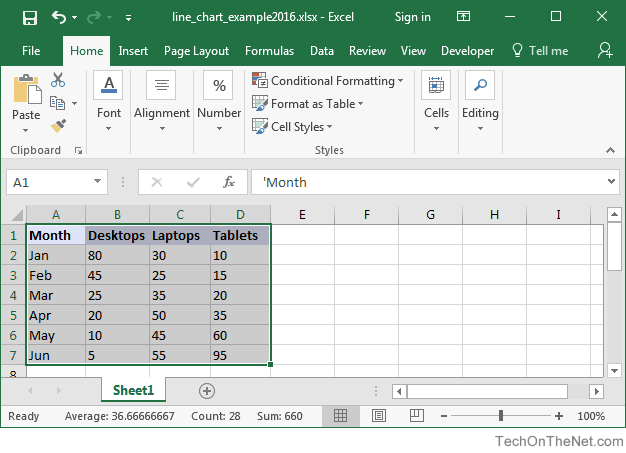

The first product made $45,000, you can edit a pivot table to instead say this product contributed 22.5% of all company sales. Let’s say three products totaled $200,000 in sales. With a pivot table, instead of just the column total, you can configure each column to give you the column's percentage of all three column totals. The pivot table automatically gives you three totals at the bottom of each column - having added up each product's quarterly sales.īut what if you wanted to find the percentage these product sales contributed to all company sales, rather than just those products' sales totals? Let's say you entered quarterly sales numbers for three separate products into an Excel sheet and turned this data into a pivot table. That's not the only figure you can automatically produce, however. Pivot tables inherently show the totals of each row or column when created. Showing Product Sales as Percentages of Total Sales With pivot tables, you can automatically aggregate all of the sales figures for product 1, product 2, and product 3 - and calculate their respective sums - in less than a minute. Manually sorting through each necessary piece of data could literally take a lifetime. Imagine, now, that your monthly sales worksheet has thousands upon thousands of rows.


The same process can then be done for product 2, and product 3 until you have totals for all of them. One way would be to look through the worksheet and manually add the corresponding sales figure to a running total every time product 1 appears. You want to figure out which of the three has been generating the most revenue. Let’s say you have a worksheet that contains monthly sales data for three different products - product 1, product 2, and product 3.

Comparing Sales Totals of Different Products Here are seven hypothetical scenarios where a pivot table could be helpful. With this information, you can help identify and answer unanticipated questions surrounding the data. They can be used to better understand, display, and analyze numerical data in detail. The purpose of pivot tables is to offer user-friendly ways to quickly summarize large amounts of data. This is one of those technologies that are much easier to understand once you've seen it in action. If you're still feeling a bit confused about what pivot tables actually do, don't worry.


 0 kommentar(er)
0 kommentar(er)
